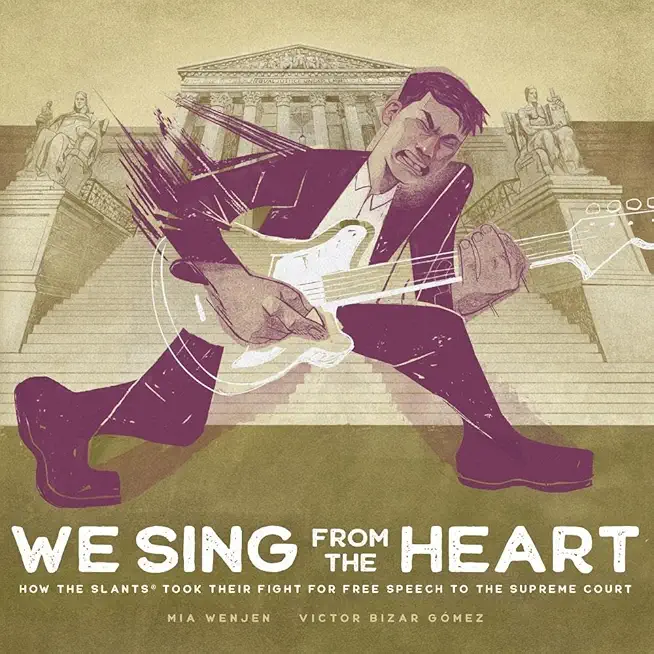
Siemer, Deanne
Every trial attorney has a story about "the one that got away," the objection they should have made. Trials have a lot of moving parts, and unless you are listening for the right words, objectionable questions, answers, or evidence can be admitted in a blink of the eye. Knowing the rules and the technical bases for objections is a start. What you need after that is to understand the words and phrases that trigger an instant analysis of whether a question is objectionable.
Federal Rules of Evidence with Cues and Signals for Good Objections identifies the "cues" to listen for when your opponent asks a question or the witness gives an answer. These cues are words or phrases that tell you instantly when you likely have a good objection to oral testimony. When you know the cues, you can object rapidly and successfully. This guide also provides the "signals" that support a useful objection when your opponent tries to get an exhibit admitted in evidence. Has a foundation been laid for that letter? Is it objectionable "lay opinion" when the writer of a document gives his own view of why something happened? With this guide, you won't have to guess.
Cues and Signals includes updates to the rules through 2020. It provides quick access to the details on every objection recognized under federal rules and most state rules. It sorts out the high-payoff objections from those of lower priority for both oral testimony and exhibits. Everything you need on objections is in one compact volume.







